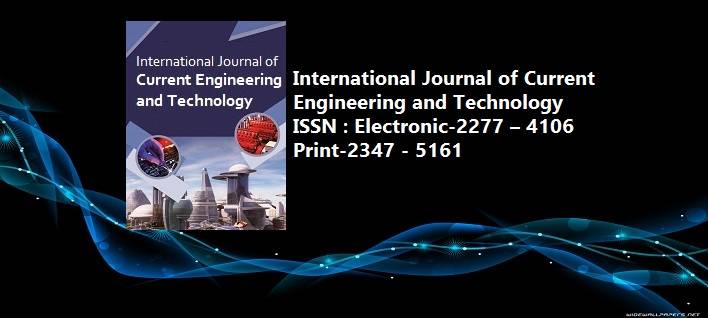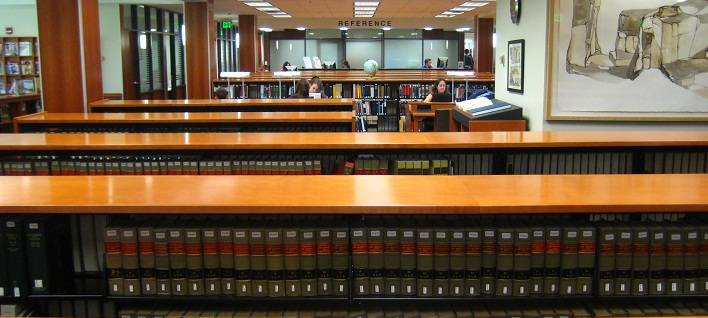CFD Analysis on the Effect of the Change in Profile Geometry on Drag Reduction of a Sedan Car
Pages : 723-729, DOI: https://doi.org/10.14741/ijcet/v.10.5.5
Download PDF
Abstract
This study is a 3-dimensional CFD analysis of external aerodynamics of a generic car model. The aim of this study was to visualize the flow field and examine the effect of modification of some geometrical parameter on the drag coefficient of the car body. The reduction in drag allows the vehicle to operate at lower fuel consumption which eventually results in fuel economy and lower pollution. Also artificially guided air maintains stability of vehicles. Therefore, flow field analysis is important for aerodynamic analysis of a car body. The results obtained is compared and validated with existing experimental data and found to be deviated by 5.5%. The two specific name of geometrical parameter for this study which is modified are front bumper angle and hood radius. The three angles are taken into consideration for front bumper angle as 10-degree, 15-degree and 20-degree and at each front bumper angle three hood fillet radius are 200mm, 250mm and 300 mm respectively. It is found in the study that increasing the angle of inclination of front bumper angle decrease the drag coefficient and also increasing the hood fillet radius decreases the drag coefficient. The minimum drag coefficient in the study is found to be 0.3939 at front bumper angle 15 degree and hood fillet radius 300mm. The maximum reduction of the drag coefficient from the base case in which both the parameter is kept at zero-degree angle and zero fillet radius is 6.50%. The flow field suggested that as we increase the inclination angle the frontal projected area is reduced locally and pressure drag is reduced and also giving the fillet at corner the air flow is guided smoothly which also results in reduced drag.
Keywords: Aerodynamic analysis, Drag coefficient, Computational fluid dynamics, Front bumper angle, Hood fillet radius.
Article published in International Journal of Current Engineering and Technology, Vol.10, No.5 (Sept/Oct 2020)



















 MECHPGCON, MIT College of Engineering, Pune, India
MECHPGCON, MIT College of Engineering, Pune, India AMET, MIT College of Engineering, Pune, India
AMET, MIT College of Engineering, Pune, India International Conference on Advances in Mechanical Sciences
International Conference on Advances in Mechanical Sciences  International Symposium on Engineering and Technology
International Symposium on Engineering and Technology International Conference on Women in Science and Engineering
International Conference on Women in Science and Engineering




